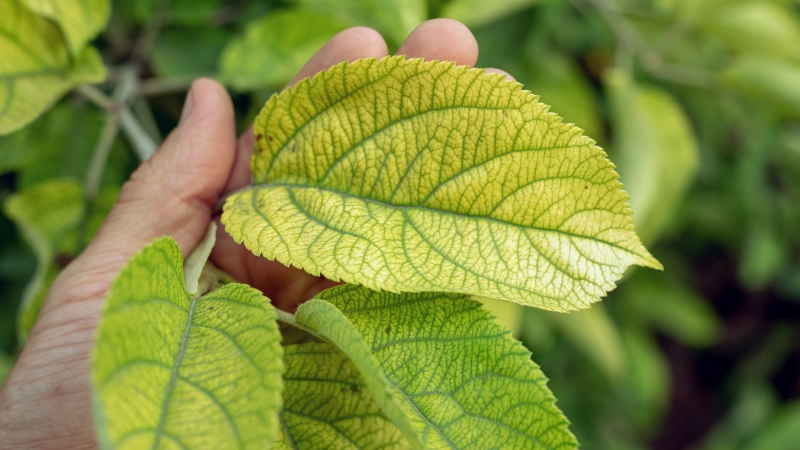Peppers’ Genetic Diversity May Lead To Higher Yielding Plants
From the small, spicy Thai chiles to the portly, mild bell pepper, researchers at the University of California (UC)-Davis, have developed a “family tree” of sorts for peppers and characterized the diversity of genes found in a collection of common cultivated pepper varieties.
Findings from the study, which sampled 30,000 genes of the Capsicum annum species, reveal intriguing details about the relationships between these different types of peppers and the incredible genetic diversity among the spicy peppers. This genetic information will be critically important to plant breeders for developing hardier, higher yielding plants for production around the world.
For example, many sources of drought- and disease-resistance are found in the tiny, wild, spicy peppers that are difficult to cultivate and not appealing to consumers. But transferring these traits through cross-pollination into more commonly cultivated peppers can take years. This process can be done more quickly and affordably with the ability to use DNA markers to follow genes important to producing different types of cultivated peppers.
The study, published this week in the online scientific journal PLOS ONE, is now available at http://bit.ly/UjDgud.
“The exciting part of the study is in the biology,” said plant scientist Allen Van Deynze, lead researcher on the study. “We have already identified marked differences in regions of the chromosomes that control fruit shape and production of capsaicin, the compound that makes peppers hot.”
There are 38 reported species of Capsicum peppers, including Capsicum annum — the most commonly cultivated pepper species in the world. These species include a variety of peppers that are grown worldwide and valued as fresh vegetables, spices, medicinals, and ornamental plants. Earlier studies indicate that the wild ancestors of all peppers grew in tropical South America, in a region centered in what is now Bolivia.
Until now, there has been relatively little molecular data characterizing the genetic diversity of Capsicum peppers. In this study, the researchers selected genetic probes — strands of DNA — from more than 30,000 genes in 40 diverse Capsicum annum lines and placed them on a small glass slide. This microarray, or gene chip, was then used in a comprehensive DNA analysis to identify DNA differences — genetic markers that can be used to determine similarities and differences among the 40 Capsicum annum lines.
This work, along with ongoing efforts to place these genes on chromosomes within the pepper genome, will provide tools to facilitate breeding for pepper quality and cultivation.
Significant results of the study:
● All of the cultivated pepper varieties tested share a similar amount of genetic change relative to their common, although unknown, ancestor.
● Within the group of plants that produce sweet, nonspicy peppers, there was three times less diversity than within the group of pepper lines bearing pungent, or spicy, peppers.
● Of the well-defined groups of spicy pepper types, the Anaheim and ancho group are most closely related to the sweet bell pepper types.
● In general, lines with similar looking peppers were closely related. However, the two semi-wild pepper lines known to be resistant to the funguslike pathogen Phytophthora capsici have very similar peppers but are genetically distinct.
Other researchers on this UC-Davis study were: Theresa Hill, Hamid Ashrafi, Sebastian Reyes-Chin-Wo, Ji-Qiang Yao and Kevin Stoffel, of the Center for Seed Biotechnology in the Department of Plant Sciences; and Maria-Jose Truco, Alexander Kozik and Richard Michelmore, of the Genome Center.
Funding for the study was provided by the University of California Discovery program, with matching funds from these firms: Rijk Zwaan BV, Enza Zaden BV, DeRuiter Seeds BV, from the Netherlands; Vilmorin Co. of France; and Nunhems USA, Seminis Vegetable Seeds Inc. and Syngenta Seeds Inc., from the U.S.










